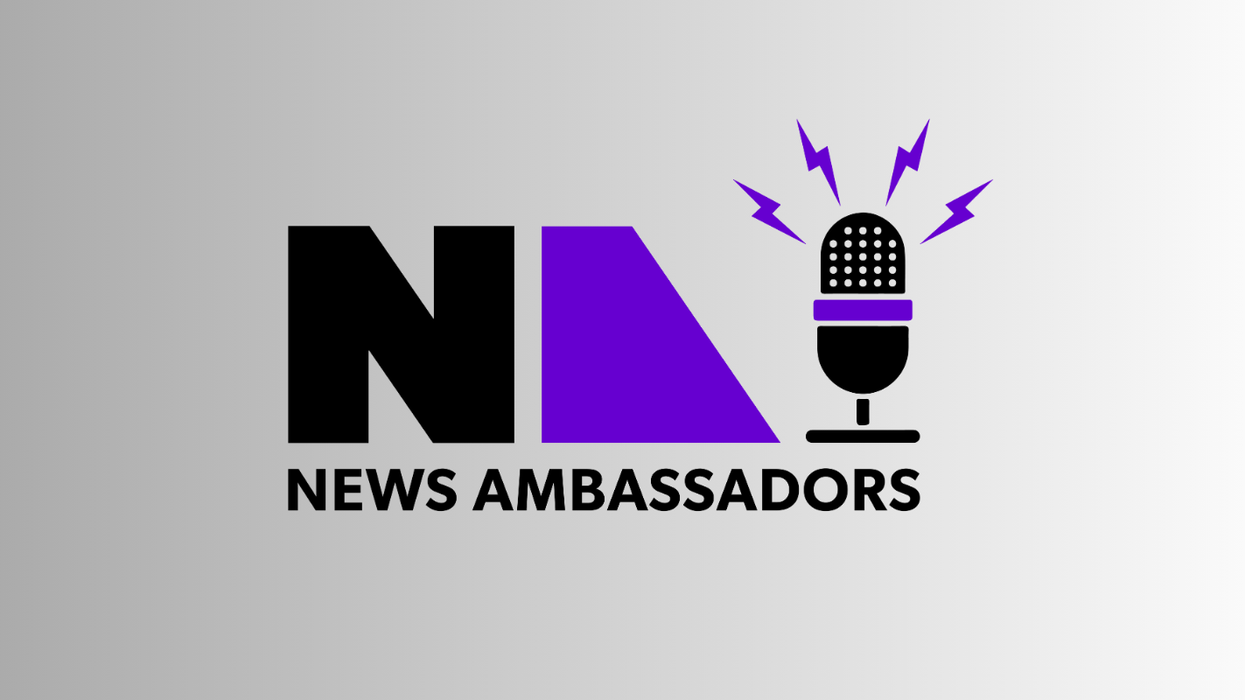Divisive partisanship continues to threaten democracy, especially in the lead-up to the 2024 U.S. presidential election.
A new program, News Ambassadors — part of the Bridge Alliance Education Fund since 2022 — is working to lessen the divide through a collaborative journalism project to help American communities that hold different political views better understand each other, while giving student reporters a valuable learning experience in the creation of solutions reporting.
The program is directed by Shia Levitt, a longtime public radio journalist who has reported for NPR, Marketplace and other outlets. Levitt has also taught radio reporting and audio storytelling at Brooklyn College in New York and at Mills College in Oakland, Calif., as well as for WNYC’s Radio Rookies program and other organizations.
The project links journalism students to counterparts in politically or demographically dissimilar areas to collaborate on stories exploring solutions to contentious issues. News Ambassadors also fosters collaborations between journalism schools and public radio stations across the country to help fill gaps in local news coverage. The project trains journalism students on strategies to report stories that uplift solutions and common ground, and then students report stories informed by these new tools. The strongest stories are shared with local radio station partners for possible broadcast.
This spring, News Ambassadors has introduced students to solutions journalism and complicating the narratives, a conflict mediation- informed framework designed to help journalists improve their reporting on polarizing issues. This collaborative project helps young reporters better understand the perspectives of people outside the bubbles where they live, and helps American communities that hold different political views better understand each other.
News Ambassadors’ first stories are starting to wrap up from the 2023-24 project cohort.
Today’s audio story
Latinx people have lower voter turnout than the general population of Athens, Ga. Reporter Izzy Wagner visited a local nonprofit, Ulead, that’s working to boost civic engagement to help immigrant students succeed.
Wagner recorded this audio report.
This is the first of what will be many News Ambassadors pieces by radio station partners. For this piece, WUGA has been working in tandem with the Grady College of Journalism and Mass Communication and the Solutions Journalism Hub of the South to foster new radio voices as a part of its News Ambassadors program. Izzy Wagner is a senior and a News Ambassador.




















